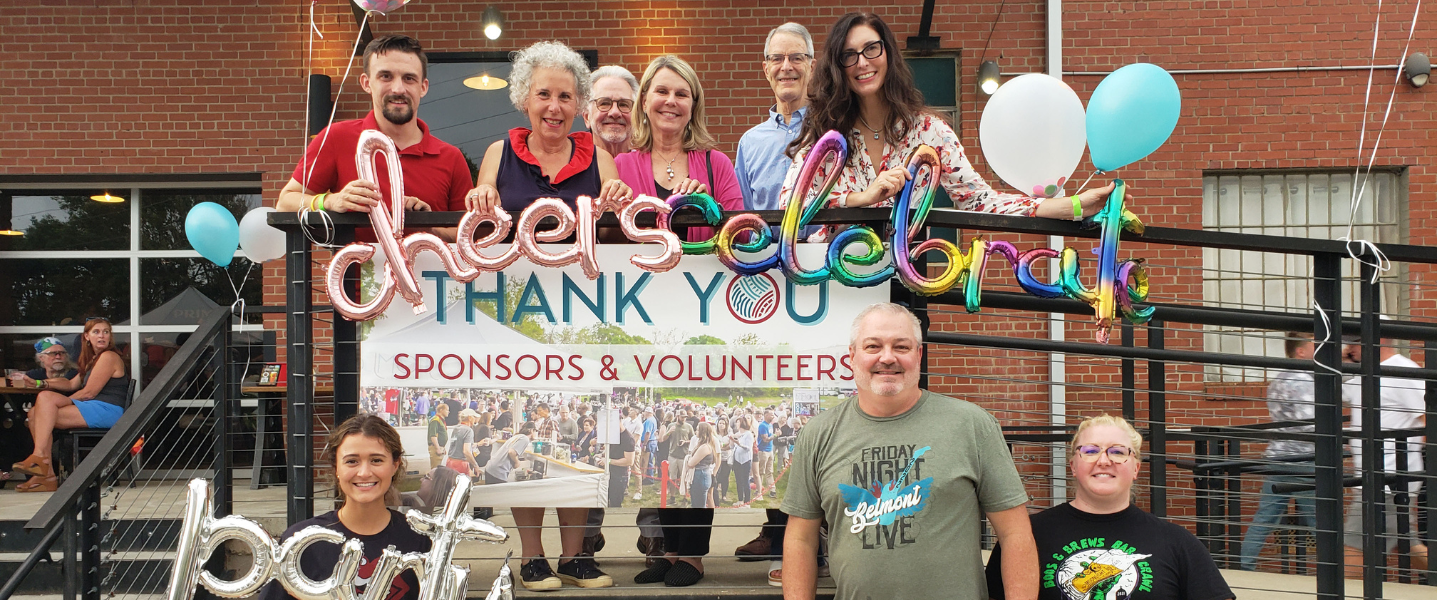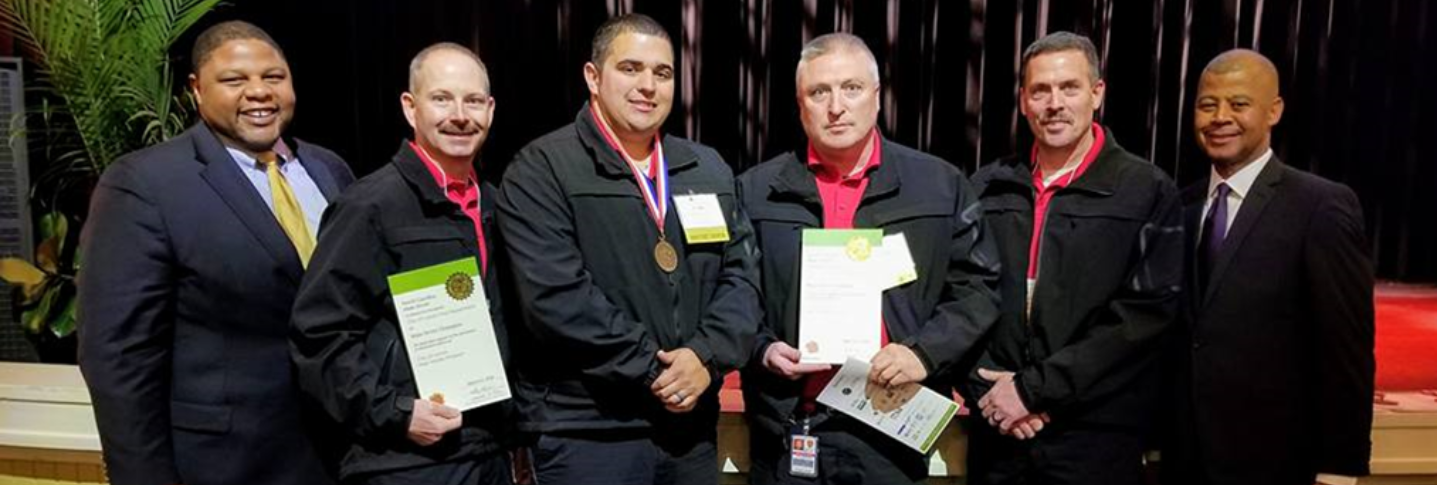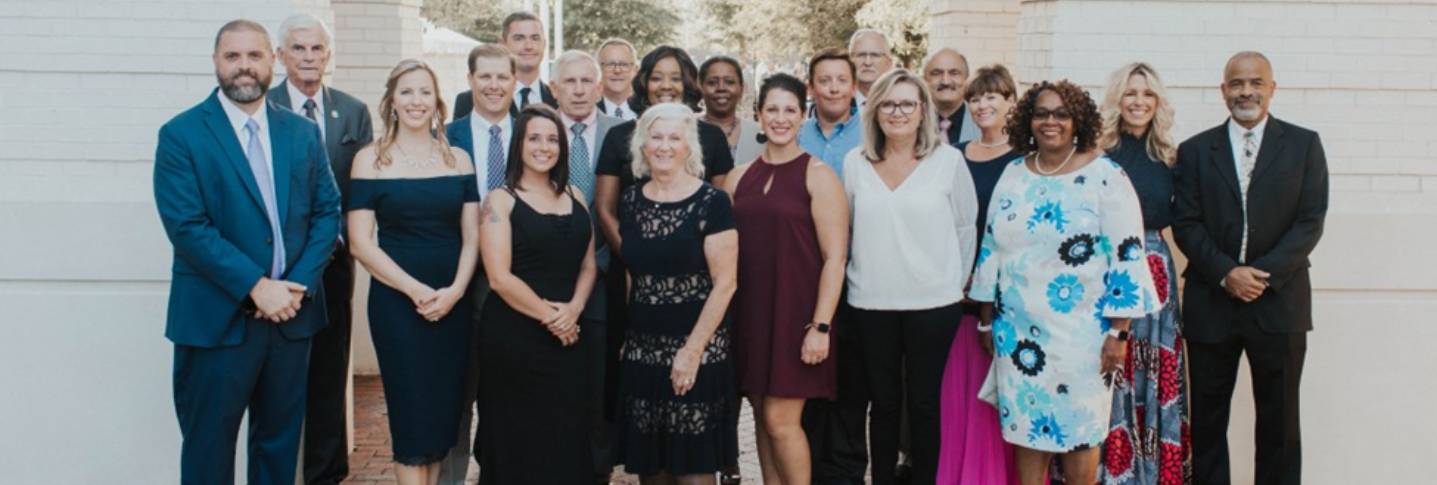Main Spotlight: Building Resiliency for Hurricane Season
June marks the beginning of hurricane season. Here are six things you can do to help prepare your community for the impacts of a natural disaster.

Marion, Iowa © Tasha Sams
We work in collaboration with thousands of local partners and grassroots leaders across the nation who share our commitment to advancing shared prosperity, creating resilient economies, and improving quality of life.

Emporia, Kansas © Emporia Main Street
Made up of small towns, mid-sized communities, and urban commercial districts, the thousands of organizations, individuals, volunteers, and local leaders that make up Main Street America™ represent the broad diversity that makes this country so unique.

Chicago, Illinois © Main Street America
Looking for strategies and tools to support you in your work? Delve into the Main Street Resource Center and explore a wide range of resources including our extensive Knowledge Hub, professional development opportunities, field service offerings, advocacy support, and more!

Waterloo, Iowa © Main Street Waterloo
Your one-stop-shop for all the latest stories, news, events, and opportunities – including grants and funding programs – across Main Street.

Kendall Whittier — Tulsa, Oklahoma © Kendall Whittier Main Street
Join us in our work to advance shared prosperity, create strong economies, and improve quality of life in downtowns and neighborhood commercial districts.

April is National Volunteer Month! From Board Members to events, volunteers are members of the Main Street Movement. Creating, maintaining, and growing your volunteer program can be difficult, so we asked Liz Parham to share the key takeaways from her 2023 Main Street Now session titled “Oh Dear, I Need a Volunteer” to help you get your community engaged in the success of their downtowns.
The two most common issues that we hear in Main Street are, 1) “I don’t have enough money,” and 2) “I don’t have enough volunteers.” Volunteerism can easily be achieved through a comprehensive volunteer development plan to recruit, train, manage and celebrate your volunteers. The goal is to develop volunteers that will become true champions of downtown and your Main Street organization. The most successful communities have many Main Street Champions that are the heartbeat of the downtown program. They forge ahead until the job is done and encourage others to join in the downtown revitalization effort.
Begin by cultivating volunteers. This is achieved by nurturing existing volunteers and building trust and relationships with the board and committee members that are committed to the organization. Our best assets are the people that call our communities home. Become their storytellers and teach them to become the downtown and the organization’s storytellers. Stories inspire volunteerism, and Main Street programs that listen and learn from their volunteers are organizations that continue to grow.

A good workplan is worth its weight in gold in developing volunteerism. Use your workplan, including the vision, mission, transformation strategies, and implementation actions, to guide volunteer recruitment and inspire community leaders to become active champions of downtown. Begin by listing all of the talents and skillsets that are needed to accomplish your projects, then develop the tasks associated with each action. This will create opportunities for volunteers to get involved in a variety of levels, not just as committee or board members. Not all volunteers can commit the time to serve on a board or have the flexibility to serve between 8:00 a.m. – 5:00 p.m., but they may be willing to help you accomplish your projects, especially if there is flexibility to volunteer at night or on the weekends.
Use available resources to train volunteers. Start with an old-fashioned volunteer notebook and orientation. Include materials available through Main Street America and the State Coordinating programs on understanding the Main Street Approach and best practices for success. Include the policies and procedures for the Main Street program, the annual budget, and contact information for the board and staff. Board and committee training should never be “one-and-done.” Incorporate 10-15 minutes of training for the board and committee members into their meeting agendas. Attend the Main Stret Now and the statewide Main Street conferences. Educate board members on the 3 Core Board Member Duties: Duty of Care, the Duty of Loyalty, and the Duty of Obedience. Board members have responsibilities to come prepared for meetings in order to conduct board business, however Main Street Directors should never assume that everyone has served on a board and knows what their role is. Quality training and educational initiatives create a comfortable safe space for everyone to participate in the improvement of downtown. And for project specific training, tap into statewide, regional, and local organizations and agencies that provide training on nonprofit management, historic preservation, crowd and alcohol management training, and more. Like everything in Main Street, partnerships are the key to successful volunteer training.
Now that you have volunteers, how are you going to manage them? A volunteer management system begins with a good website that conveys volunteer roles and duties that the organization needs, and a detailed workplan that serves as a blueprint for volunteer opportunities. Putting in place a volunteer application, agreement, and job descriptions, and a database to track and manage contact information and the impact of the volunteer hours, is highly recommended, however you should avoid being so prescriptive that there isn’t flexibility to meet interested volunteers where they are. As Main Street programs strive to become more diverse, equitable and inclusive, we must consider that not everyone is comfortable in formal or governmental settings, therefore finding opportunities to incorporate casual volunteer “meet-n-greets”, meeting with volunteers in their place of business or neighborhood and ensuring that the locations for volunteer gatherings are always accessible for all, is crucial for building a respectful volunteer program.
Managing volunteers can sometimes feel like a full-time job but there are ways to alleviate that pressure on a Main Street director. First, consider making one or two of your volunteers the organization’s volunteer coordinators. Their role would be to help the organization recruit, train, manage and celebrate the volunteer opportunities and achievements. Managing volunteers can also put financial pressure on an organization, so consider developing a volunteer sponsorship program. Create a budget that includes the funding that is needed for your volunteer development plan components: recruit, train, manage and celebrate, then “sell it” to a sponsor, just as you would sell a sponsorship for a special event. Think about corporations that value volunteerism and a strong healthy downtown, such as financial institutions, real estate agencies, healthcare facilities, and local companies. Those will be ideal candidates for your sponsorship program.

Celebrate the volunteers that are making a difference in your community, both publicly and privately. Use both traditional media sources, such as newspapers, television, and radio, and social media to thank and recognize the efforts of your volunteers. Host an annual meeting and give key individuals certificates, plaques or a gift that they can proudly display in their home or office. Identify national organizations, state agencies, and regional nonprofits that provide platforms and opportunities to recognize volunteer efforts. In North Carolina, since 2000, the Department of Commerce’s Main Street program has honored Main Street Champions that are nominated each year by the local Main Street programs for their volunteer achievements, and there are currently nearly 900 Champions located across the state. National Volunteer Month, held each year in April, is an ideal timeframe to tell the story of your Main Street volunteers and the impact that they have on the local community. And always, always, always, THANK your volunteers.
1. Develop a comprehensive volunteer program.
2. Cultivate volunteers and use storytelling to inspire volunteerism.
3. Use your workplan to guide volunteer opportunities.
4. Use national, state, and local resources to train volunteers.
5. Find partners to train volunteers.
6. Develop a volunteer coordinator role within your organization.
7.Develop a volunteer sponsorship program.
8. Celebrate volunteers both publicly and privately.
9. Tap Into national, state, and local opportunities to recognize volunteers.
10. Always thank volunteers for their time and their work.
.png)
SnowShoe, a Main Street America Allied Member, is this quarter's Main Spotlight advertiser. For more information about what they do to support Main Street organizations, click here >